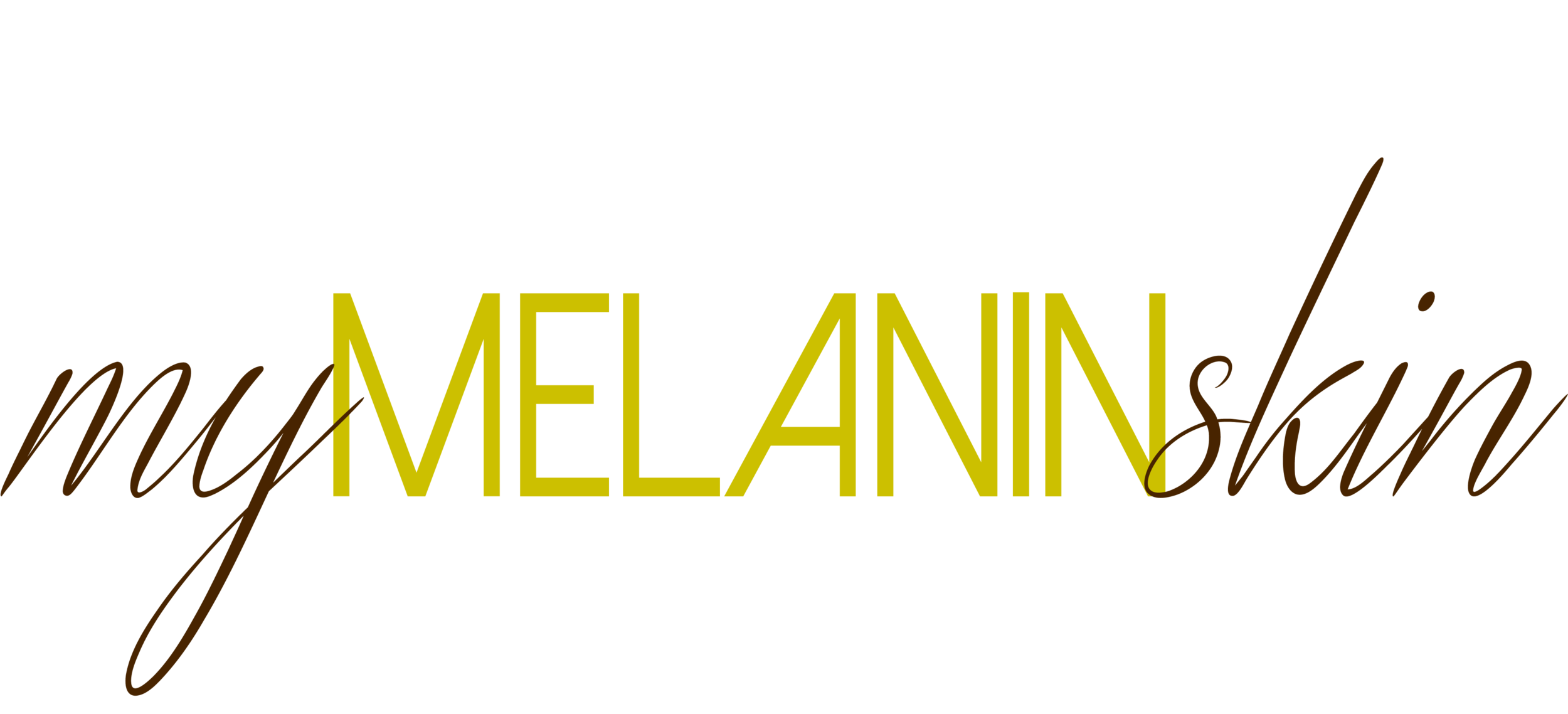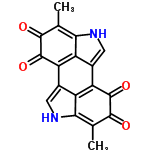Our Body's Natural Umbrella
Since melanin skin is the focus of this blog, it would be fitting to talk about melanin. Right?
As a young African American woman, I'm all here for the recent huge embrace of 'loving the skin you're in'. It's frankly long overdue. Everywhere you look on social media you can find #melaninqueen, #melaninmagic and other variations of this hashtag. For some time, darker complexions have been viewed as less desirable and even unwanted for some. In Africa, lighter complexions are considered to be more beautiful and signify wealth. Skin bleaching products are the norm for their culture.
Structure of Melanin.
Melanin is a complex group of tiny pigments that are responsible for producing color in the skin, eyes, and hair. Everyone is born with melanin; with albinism being the only exception. However, melanin is not only associated with the color of a person's skin. Melanin can even be found in plants, bacteria, marine life and throughout the human body. Melanin is produced in a cell called a melanocyte, which can be found deep in the skin, inner ear, brain, eye, bones and the heart. The number of melanocytes in each individual is relatively the same. The difference is how much melanin a person's melanocytes will produce.
Sun Blocker, Anti-oxidant, Free Radical Scavenger
What's amazing is its protection abilities. Melanin acts as a defense mechanism from the sun and its harmful UV rays. You can think of this as a natural...and free form of sunscreen. When the skin is exposed to the sun and its rays, melanin production increases forming a barrier on the skin. This barrier protects the skin from the sun's harmful UV rays. It has been found that melanin can absorb up to 50-75% of ultraviolet rays (Brenner & Hearing, 2008).
There are two basic types of melanin found in the skin: eumelanin and pheomelanin.
Eumelanin is the darkest of the two. It is responsible for brown complexions in skin and brown, dark brown, brunette colors in hair. Pheomelanin produces more red and blonde hair colors with paler skin complexions.
Not as Simple as You May Think
Lucy and Maria Aylmar from the United Kingdom are great examples of the variations of these two pigment types. Lucy and Maria are twins of a Caucasian father and Jamaican mother. At first glance it is hard to believe because of their vastly different complexions. Lucy is fair skinned with straight, red hair. On the other hand, her twin Maria, is brown skinned with curly, dark brown hair.
Lucy and her twin sister, Maria Aylmer. Credit: cnn.com
Melanin is such a complex, multi-functioning part of our everyday lives. As technology advances, new applications and findings are being discovered. Studies are being done on the extensive functionality of melanin. Scientists have developed synthetic melanin, companies are manufacturing sunglasses 'enhanced with melanin', and melanin has been researched to be used as a battery!
References
Brenner, M., & Hearing, V. J. (2008). The Protective Role of Melanin Against UV Damage in Human Skin. Photochemistry and Photobiology, 84(3), 539–549. http://doi.org/10.1111/j.1751-1097.2007.00226.x


